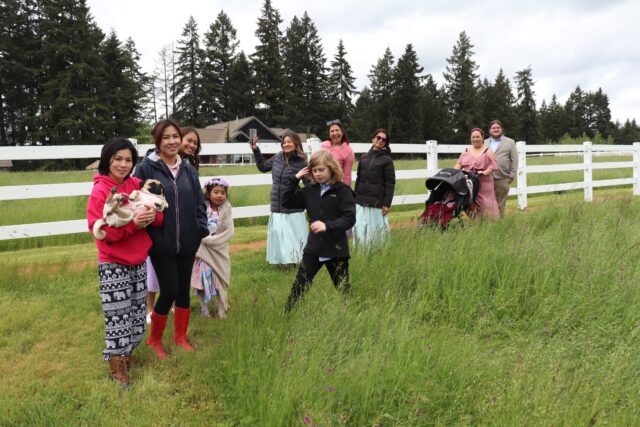Blended families are becoming more common, yet the journey of combining households, histories, and parenting styles can be both rewarding and challenging. One of the most important keys to success in a blended family is prioritizing your partner’s contribution to your child’s well-being and development.

When couples unite not just in marriage but in parenting, they create a stronger foundation for the entire family. This unity matters even more in blended families, where children are often adjusting to new routines, relationships, and expectations. If a parent openly values and supports their spouse’s role in their stepchild’s life, it communicates a powerful message to the child: “We are a team, and your care matters to both of us.”
Consistency Creates Security
Children thrive on predictability. When both partners present consistent rules, expectations, and boundaries, it minimizes confusion and builds a sense of stability. In a blended family, where transitions and changes are already part of life, this consistency can be especially comforting.
Modeling Healthy Relationships
Children learn how to treat others by watching the adults around them. When they see their parent and stepparent working together, communicating respectfully, and supporting one another, they learn valuable lessons about cooperation, trust, and partnership—skills they will carry into their own relationships one day.
Encouraging Emotional Connection
When a stepparent feels respected and included in parenting decisions, they are more likely to invest time, attention, and emotional energy into the child’s life. This doesn’t mean replacing a biological parent—it means offering an additional source of care, guidance, and encouragement. Over time, these positive interactions can help strengthen the child’s sense of belonging.
Reducing Family Stress
Tension between partners over parenting roles can create stress that children easily pick up on. Prioritizing your partner’s contribution means resolving disagreements privately, supporting each other in front of the children, and working toward shared solutions. A peaceful home environment benefits everyone.
Final Thoughts
Blended families are built on patience, understanding, and teamwork. By valuing your partner’s role in your child’s well-being, you nurture not only your marriage but also your child’s sense of safety and stability. The goal is not to erase past family ties, but to create a supportive, loving environment where everyone can grow together.




